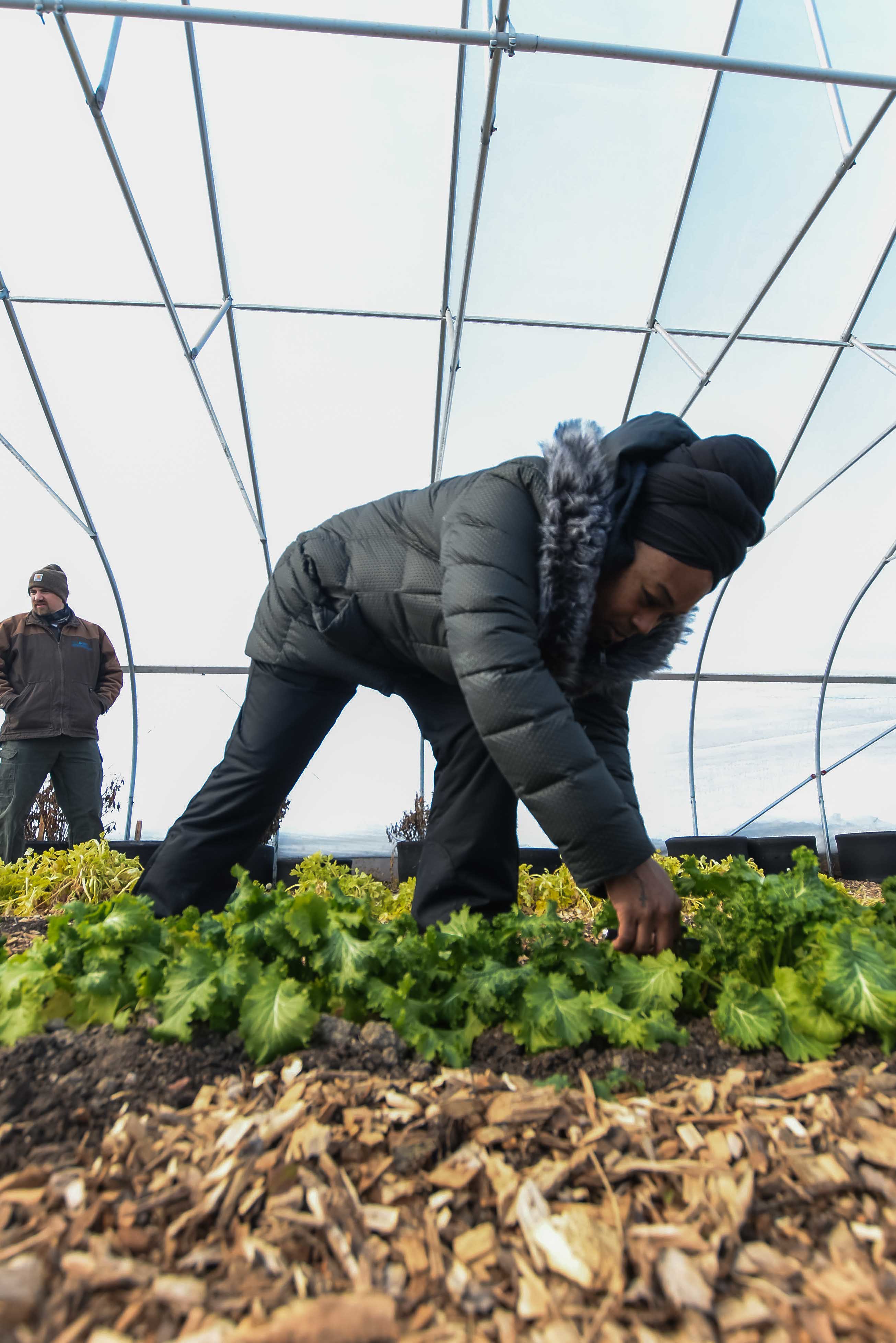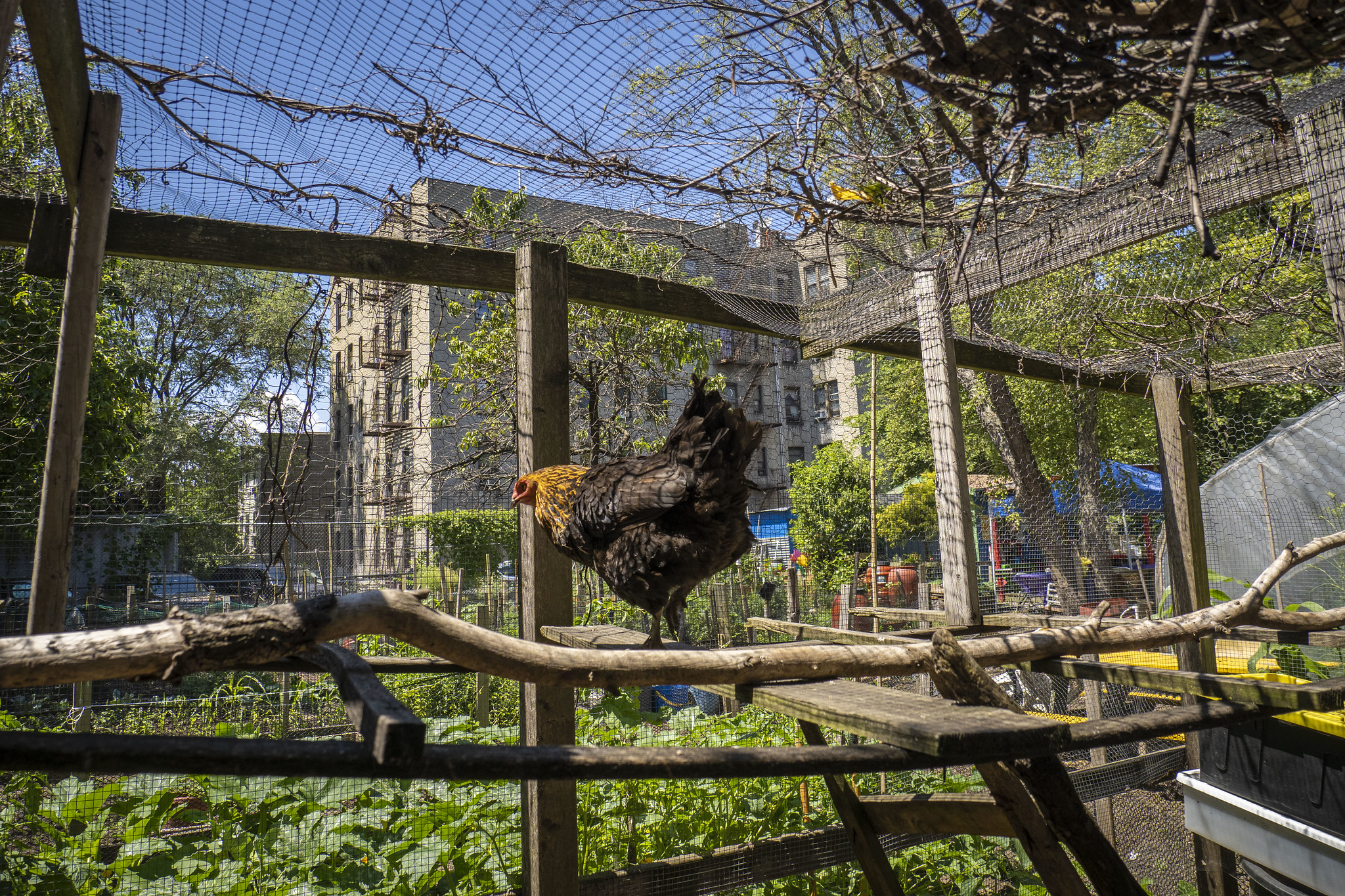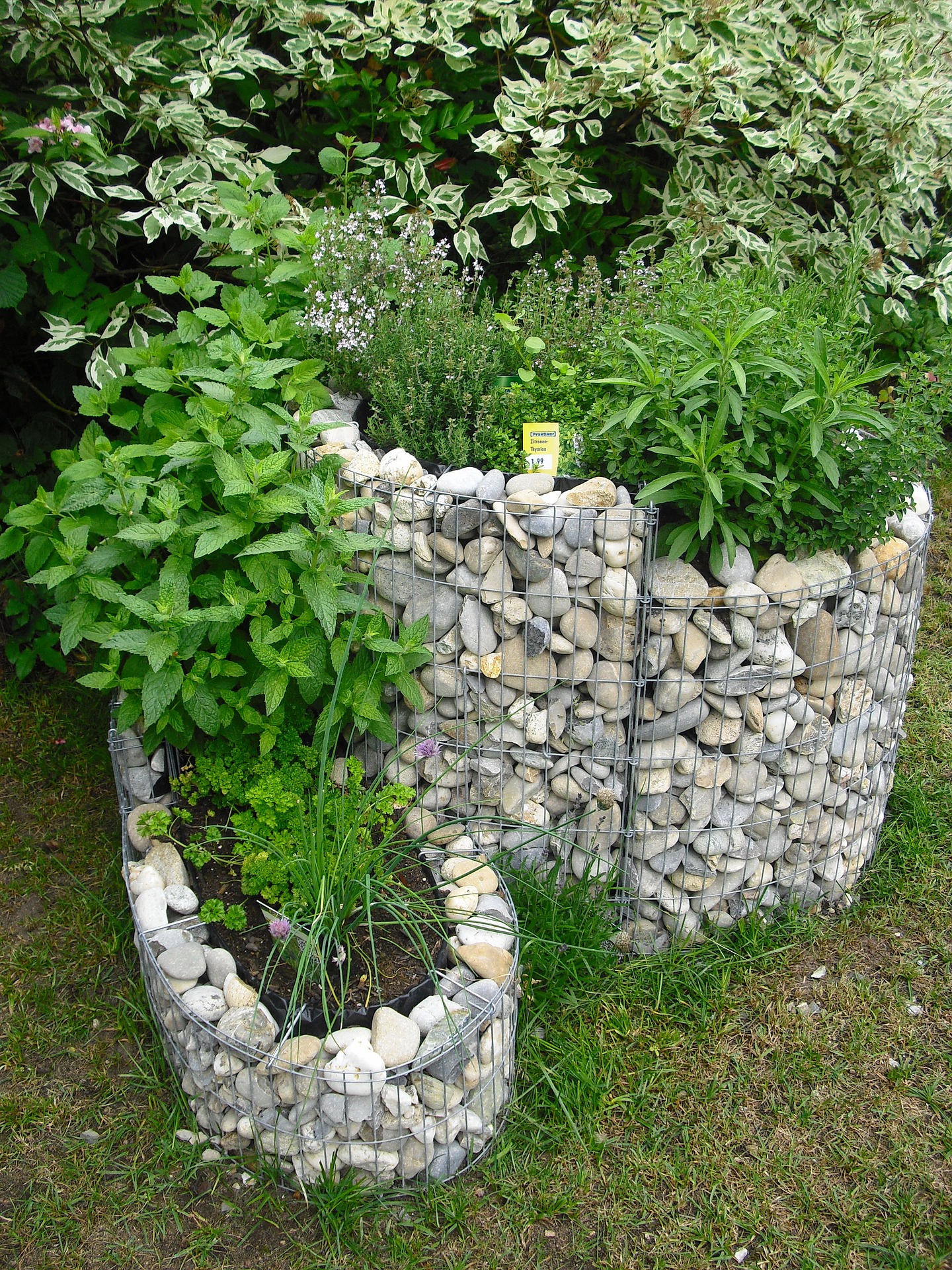Estimated reading time: 7 minutes

Urban agriculture is as varied and creative as the people who find joy in growing their own food. It can come in many forms, from backyard or community gardens to fully dedicated agricultural lands in and near the city. Rooftop gardens and green roofs take advantage of unused space by turning roofs into areas that can provide food and clean air. Edible landscaping also takes advantage of space that has historically been unused for food production. Hobby beekeeping and gardens or rain gardens (bioswales) with native plants support pollinators which are needed for food production and are critical to urban agriculture. Urban agriculture can also include controlled environment agriculture in which farmers grow plants indoors with artificial light, adding to the local food supply, particularly in areas with shorter growing seasons.
Urban areas support a diversity of gardeners and farmers, who provide for their communities in many ways. Some farms sell their locally grown produce to restaurants and donate to food banks, and other gardeners support their community by providing plant shares and gardening tips. Farms run Community Supported Agriculture (CSA). Urban farms can provide education about climate change, food security, biodiversity, pollinators, and nutrition to the community. Urban agriculture can increase food access and green spaces in parts of the city that are historically disadvantaged. Urban agriculture can also help cities reduce problems related to pollution and climate change.
Urban agriculture and climate resilience
Urban agriculture can be a part of a sustainable food system by localizing food economies and increasing climate resilience. By producing food on unused land in cities, urban agriculture can reduce the amount of land needed for rural agriculture. When agriculture takes advantage of unused space in cities, it can directly reduce carbon emissions since foods grown in or near cities travel shorter distances. In areas with long supply chains or where foods are transported by planes, growing food in local, urban gardens can replace transported foods and reduce transportation-related emissions. Urban agriculture also stores carbon, both in soil and vegetation.
Urban agriculture contributes 15 to 20 percent of the global food supply. It cannot provide all food needs of city dwellers. Part of this is because in order to provide enough food, urban areas would need to produce a lot of the grains on which the world relies. To supply this demand, approximately 30 percent of urban land would need to be converted to agricultural land. However, urban agriculture can supplement the food supply with locally grown fruits and vegetables. Urban areas can also be suppliers of locally raised chickens, eggs, goat milk, and honey, depending on zoning codes. All of this helps urban areas contribute to reducing emissions from long supply chains and land conversion.
Robust urban agriculture systems can also help to reduce disaster risk. As recent global events (such as the COVID-19 pandemic) have shown, global systems are highly interconnected, and threats to one part of the world can affect supply to the rest. As climate change effects increase, food security will be affected by drought, flooding, wildfire, and extreme storms. There is the potential for urban agriculture to build local resilience by providing access to local foods. Also, urban agriculture is inherently diverse – individual farms grow many types of crops, different farms grow different varietals of the same crop, and farms located throughout a city can experience different localized weather patterns. If crops in one area of a city or certain types of crops are damaged by an extreme weather event, other crops or other local farms potentially can supplement that loss.

Urban agriculture for Health, Equity, and Education
Urban agriculture can help make cities more equitable. People of color experience more pollution and greater effects of climate due to discriminatory real estate practices, including redlining. As urban populations continue to grow, finding ways to reduce the negative effects of climate change will be important for human health. Urban agriculture can increase food access and green spaces in parts of the city that are historically disadvantaged. Urban agriculture near disadvantaged communities can provide a type of greenspace that can reduce the effects of climate change for nearby residents.
Urban areas experience the heat island effect, where certain parts of cities are warmer than other parts of cities and cites are warmer than surrounding rural areas. This effect is stronger where buildings and streets are densely concentrated, and greenery is minimal. Vegetation (including urban agriculture) can reduce the heat island effect by providing shade and cooling (through transpiration and evaporation). With climate change, heat islands could become warmer, especially with longer summers and more heat waves expected in parts of the world. As urban populations grow, cities can consider strategically placing urban agriculture plots to reduce heat island effects. In addition, when these areas are cooler in the summer, people use less energy and emit less greenhouse gases gases through the use of air conditioners or fans.
Since many urban farms provide education to communities, they can indirectly help to reduce greenhouse gases by increasing food literacy (an understanding of how food grows and where it comes from). Although many people are aware of climate change, not many people change their behaviors to reduce emissions or practice conservation behaviors. As one study showed, participation in urban gardening can help change behavior; urban gardeners were more likely to eat a diet that had a 10% lower carbon footprint compared to a control group, mostly by reducing meat consumption. This behavior change may be driven by understanding where their food comes from or being part of a community that encourages more sustainable behavior.

Urban Agriculture for Biodiversity
The diversity of crop types and farm locations in urban agriculture has benefits for biodiversity. The plant diversity attracts a diversity of animals, which would otherwise not be present without urban agriculture. Pollinator gardens and native plant gardens also help increase invertebrate and vertebrate biodiversity. Because biodiversity will be threatened with climate change, the ecosystem services urban agriculture provides will be important to provide additional habitat that is lost elsewhere and support pollinators.
Barriers to Urban Agriculture
Urban agriculture can increase local food security in the face of climate change, making it an important component of land-use planning. Robust local and urban agriculture systems are key parts of a sustainable food system that will help to make food supplies more resilient to climate change. Urban agriculture has the potential to benefit cities environmentally and socially, but many cities do not currently have easy-to-follow guidelines or ways to help farmers get started. To help build urban agricultural systems, cities can identify where urban agriculture can be added (such as The Diggable City project in Portland, Oregon) and find ways to fund urban agriculture programs. One of the biggest barriers for commercial urban farmers is the cost of entrance. Urban land can be expensive, and the economic benefits of developed land can overshadow the social and environmental benefits that urban agriculture can provide. Incorporating these benefits into the cost of produce from urban farms can help, and cities can consider supporting local food productions. With support, urban agriculture can play an important role in reducing climate change impacts and making food systems more secure in an increasingly uncertain future.
- Urban Agriculture rules and resources by state and city:
- Alaska
- Idaho
- Oregon
- Washington
- USDA Urban Agriculture Toolkit
- Urban Agriculture Programs at a Glance
- USDA Urban Agriculture Page
- Land Use Planning and Urban/Peri-Urban Agriculture
- Suggested reading:
- Business information:
- Farm to Table: Building Local and Regional Food Systems

